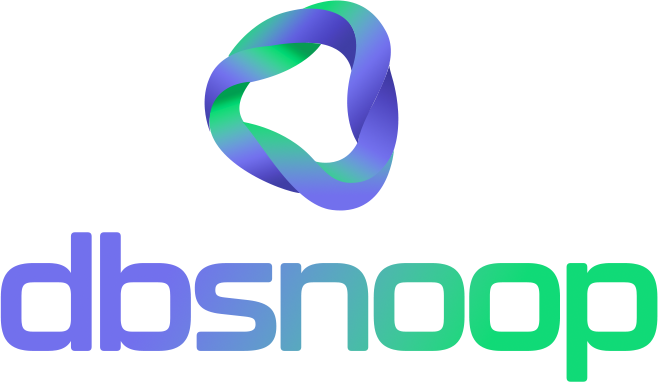
If you’ve ever tried to monitor Python applications and felt lost among logs, metrics, and request tracing, welcome to the club. The good news is that there’s a powerful open-source solution for this: OpenTelemetry Python. This gem makes automatic monitoring of your application easier by collecting metrics, logs, and traces without requiring you to reinvent the wheel. And the best part? It works with the major technologies you already use in your stack.
Check out what you’ll learn here:
- What OpenTelemetry Python is
- The technologies it covers
- Why this is relevant
- How and why to use this marvel
What is OpenTelemetry Python?
OpenTelemetry Python is a set of additional packages that expand the functionality of OpenTelemetry specifically for Python applications. It provides automatic instrumentation for popular frameworks and libraries, along with exporters that send metrics and logs to monitoring tools.
In simple terms: instead of writing code manually to collect observability data, OpenTelemetry does it for you. Just install the right packages and enable instrumentation, and voilà! Your code starts sending metrics to platforms like Prometheus, Jaeger, Zipkin, and OpenTelemetry Collector.
Which Technologies Are Covered?
Here’s the cool part. OpenTelemetry Python covers key technologies that developers use daily, whether in web backends, databases, or messaging services. Take a look:
Web Frameworks:
If you work with APIs and backends in Python, these packages will make your code emit metrics automatically:
- Flask
- Django
- FastAPI
Databases and ORM:
No more slow queries with no idea where they come from. OpenTelemetry instruments database connections, generating automatic logs and metrics:
- SQLAlchemy
- Psycopg2 (PostgreSQL)
- MySQL
Messaging and Asynchronous Communication:
Working with queues and messages? You’ll love these integrations:
- Kafka
- Celery
Other Important Integrations:
Beyond the basics, it also covers monitoring for HTTP, gRPC, and even boto3 (AWS SDK for Python).
Now tell me: do you need anything more? OpenTelemetry automatically provides instrumentation for all these technologies without you having to touch the code.
Why Is This Interesting?
If you work with Python applications, especially in production, you know that running code isn’t enough—you need to understand how it behaves. Without good observability, any issue turns into a wild bug hunt, leaving you clueless about where the error or performance bottleneck is.
With OpenTelemetry Python, you get:
- Detailed metrics on requests, response times, CPU, and memory usage.
- Distributed traces, showing every step of a request, from start to finish.
- Organized logs, allowing event correlation and troubleshooting.
- Less manual coding, because automatic instrumentation does the heavy lifting for you.
If you want full control over your application and to avoid surprises, this tool is essential for your stack.
What Is It Used For?
- Real-Time Monitoring: Know how your API or service is performing without digging through endless logs.
- Problem Detection: No more “the system is slow, but I don’t know why.” Now you can pinpoint exactly which query, endpoint, or external call is causing issues.
- Performance Optimization: Fine-tune database settings, reduce latencies, and prevent wasteful cloud resource usage.
- Integration with Observability Tools: Pair it with Prometheus, Grafana, Datadog, or New Relic to get complete dashboards.
- Better Debugging: With distributed traces, you see exactly where your application failed—and that makes all the difference.
How to Get Started?
Convinced that you need to try OpenTelemetry Python? Let’s dive into the code! Here’s a practical example of how to instrument Flask with SQLAlchemy:
Install Dependencies
pip install opentelemetry-instrumentation-flask opentelemetry-instrumentation-sqlalchemy
Enable Instrumentation
from flask import Flask
from opentelemetry.instrumentation.flask import FlaskInstrumentor
app = Flask(__name__)
# Enable automatic instrumentation for Flask
FlaskInstrumentor().instrument_app(app)
@app.route("/")
def hello():
return "Hello, OpenTelemetry!"
if __name__ == "__main__":
app.run(debug=True)
Running and Testing
Now, when you run this code, Flask will automatically generate traces and metrics! You can configure exporters to visualize the data in tools like Jaeger or Prometheus.
If you want complete monitoring, without headaches, and without reinventing the wheel, OpenTelemetry Python is the right choice. It covers all major technologies in the Python ecosystem, ensuring metrics, logs, and distributed tracing automatically.
And the best part? It’s open-source and compatible with multiple platforms. Nothing is stopping you from integrating it into your project right now and gaining real visibility into your application.
Now tell me: Have you used OpenTelemetry in your project? What do you think?
Don’t forget to check out our database monitoring and observability SaaS, Flightdeck:


